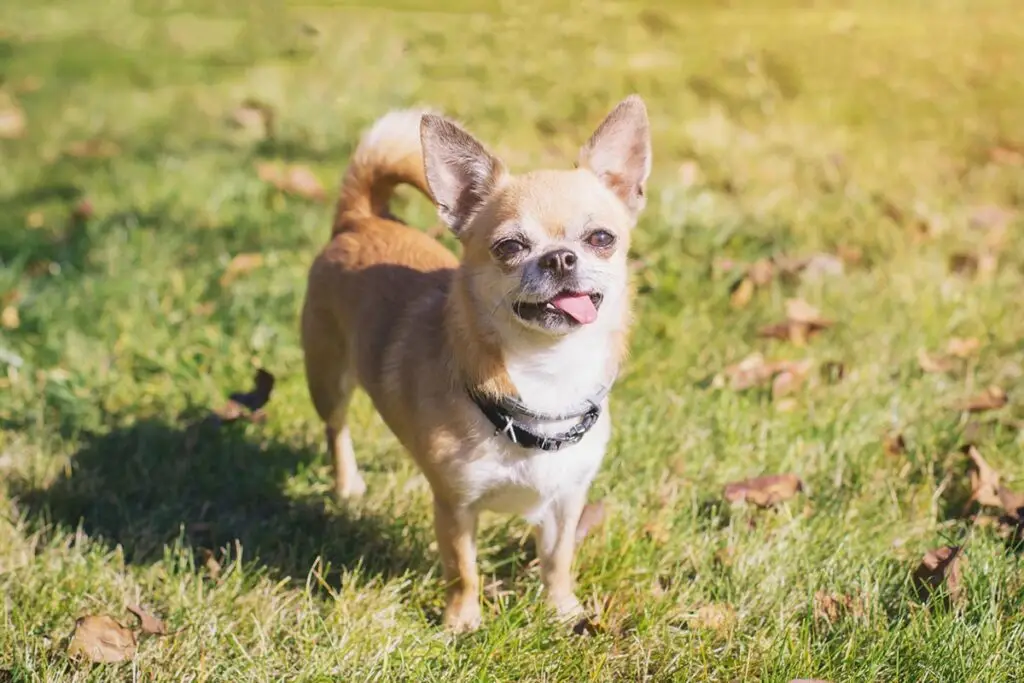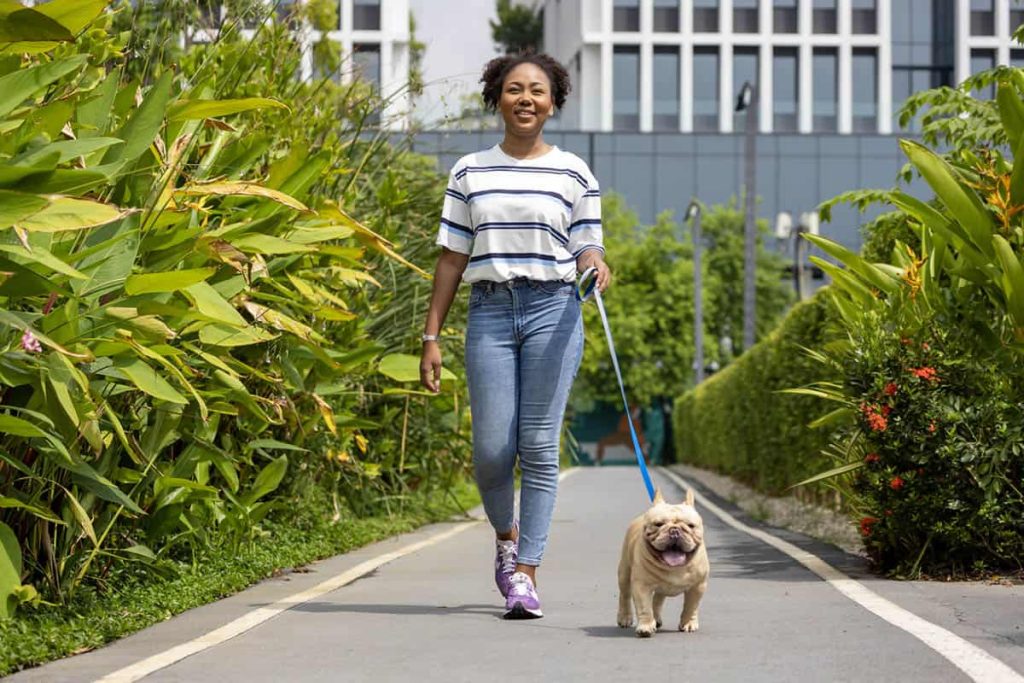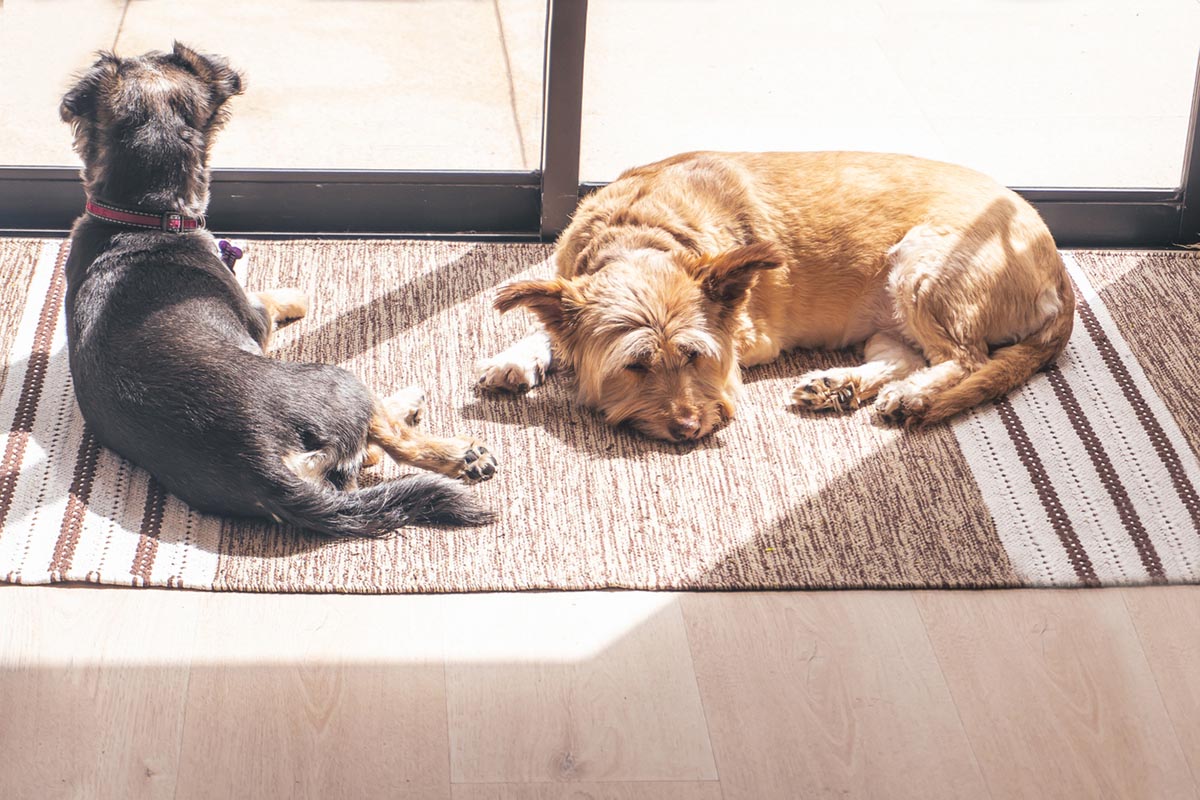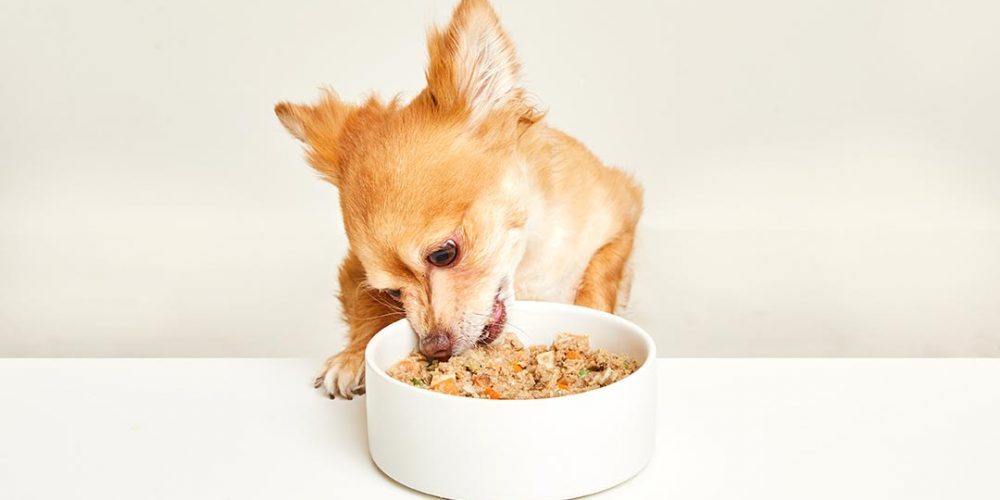When daylight saving time (DST) rolls around, most people think about changing their clocks forward or back and how that gained or lost hour of sleep will affect them. But what about your dog? Dogs and daylight savings time: do they know?
For our four-legged family members, schedule changes can be more disruptive than we realize. Dogs are creatures of habit. They’re guided by their internal clock, a rhythm shaped by consistency in feeding times, playtime, and potty breaks. When humans adjust their schedules by even an hour earlier or later, our dogs don’t get the memo quite so easily.
Let’s explore how daylight saving time affects your dog’s schedule, dog behavior, and overall well-being. We’ll also discuss practical ways dog owners can ease their pets into a new schedule without stress or confusion.
What Should You Know About Daylight Saving Time and Dogs?

Daylight saving time is designed to make better use of natural daylight by moving the clocks forward one hour in the spring and back an hour in the fall. Humans may understand the logic of this time change, but dogs rely on routine, not the clock. Their circadian rhythm, or natural biological clock, tells them when it’s time to eat, sleep, and play.
So, when you suddenly shift your feeding schedule, your pup may find the new time confusing. Dogs can’t reason that the extra hour of sleep you enjoyed means breakfast is coming later. All they know is that their stomachs are rumbling and their internal clock says it’s mealtime.
Just as humans experience a form of “jet lag” after DST adjustments, dogs may need a few days, or even a week, to adapt to the new schedule.
Why Do Dogs Struggle with the Time Change?
Dogs thrive on consistency. Every bark for breakfast, every nudge for an evening walk, and every excited glance at the leash reflect a deep attachment to daily routines. Their internal clock depends on light cues, human patterns, and regular activities to keep their circadian rhythm steady.
When we adjust the clocks forward or backward, dogs lose track of what feels “normal.” Suddenly, their meal times, walks, and potty breaks are out of sync. This can lead to restlessness, confusion, and even minor behavioral issues.
Common signs that the time change has thrown off your pup’s schedule:
- Waking up earlier than usual or begging for food before the new time
- Seeming anxious or unsettled during what would normally be playtime or nap time
- Having accidents in the house because their potty break was delayed
- Acting clingy or disoriented, especially the first time or two the clocks change
Even if these reactions seem minor, they may impact your pet’s overall wellness and health if left unaddressed.
What is the Science Behind a Dog’s Circadian Rhythm?

A dog’s circadian rhythm functions much like ours; it’s an internal 24-hour cycle that regulates sleep, hunger, and hormone levels. This rhythm is influenced by factors such as light exposure, activity, and feeding times.
When daylight shifts due to DST, it can throw off this delicate rhythm. For example:
- Morning light arrives later in the fall, meaning your dog might be slower to wake or want to stay in bed longer.
- Evening light lingers later in the spring, which can make it harder for your dog to wind down at night.
In short, dogs and daylight saving time don’t always mix smoothly. Their biological clock continues to tick according to habit, not human schedules.
What are the Effects of DST on Feeding and Potty Schedules?

One of the most noticeable impacts of daylight saving time is on feeding times and potty breaks. Dogs associate food and outdoor trips with certain times of day, not with the clock on the wall.
When breakfast or dinner arrives an hour earlier or later than expected, your pooch may pace, whine, or bark in anticipation. Similarly, delaying a regular potty break may lead to accidents or discomfort.
To minimize the stress of this sudden change, try gradually adjusting your feeding schedule over several days before the time change:
- Shift meal and walk times by 10–15 minutes each day until they align with the new time.
- Stick to consistent portion sizes and cues (like filling the bowl or grabbing the leash).
- Offer reassurance and praise to reinforce calm behavior during the transition.
This method helps synchronize your dog’s internal clock with the new schedule in a gentler way.
How is my dog’s sleep affected by the time change?

Just like humans, dogs can feel the effects of losing or gaining that extra hour during DST transitions. When we spring forward, our dogs may wake up confused about why breakfast or their morning walk is delayed. In the fall, when we “fall back,” dogs may be ready to start their day long before the normal time.
For dogs who sleep in close proximity to their owners, these adjustments can lead to restless nights or early morning wake-ups. They don’t understand that you’re trying to catch up on that lost hour of sleep; to them, you’re just ignoring the schedule!
Helping your dog adjust gradually can make a big difference in their well-being and keep your own sleep routine intact.
How Can You Help Manage Playtime and Activity Levels?
Dogs depend on playtime not only for physical exercise but also for emotional balance. When DST shifts the daylight hours, your evening play sessions might suddenly happen in the dark, or your morning walks might start before sunrise.
If your dog is sensitive to light or temperature, the time change can throw them off. To help your dog adjust:
- Move playtime indoors if it’s dark outside.
- Keep the timing as consistent as possible, even if the light conditions change.
- Use reflective gear or a flashlight for safety during early morning or evening walks.
Maintaining your dog’s daily routines helps reduce anxiety and keeps their circadian rhythm aligned with the household’s new schedule.
What are Some Behavioral Changes to Watch For?
After the time change, dog owners may notice subtle shifts in their pet’s demeanor or habits. Some dogs may become impatient or hyperactive, while others might seem sluggish or disinterested.
Common dog behavior changes include:
- Barking or whining at unusual times
- Begging for meals or walks ahead of the new time
- Increased pacing or restlessness at night
- Sleepiness during daytime hours
These behaviors are your dog’s way of expressing confusion. Most dogs adapt after a week or so, but pet owners can help by reinforcing calm, predictable behavior and sticking closely to the new schedule.
What are Some Tips for Helping Your Dog Adjust to DST?
The key to managing dogs and daylight saving time is gradual adaptation and consistency. Here’s a step-by-step plan to make the transition smoother:
- Start Early: A few days before the clocks forward or back, shift your dog’s feeding schedule, walks, and playtime by 10–15 minutes each day.
- Stick to Routine: Maintain familiar patterns like mealtime rituals, walks, and bedtime routines to reassure your dog.
- Control the Light: Open curtains in the morning and dim lights at night to help reset your dog’s biological clock naturally.
- Provide Comfort: Offer extra cuddles, calm tones, and patience. Your dog may feel uncertain during the sudden change.
- Exercise Consistently: Physical activity helps tire your dog and reduces restlessness caused by schedule changes.
- Avoid Overfeeding: Dogs begging for food early doesn’t mean they need more, just that their internal clock hasn’t caught up yet.
- Monitor Behavior: Watch for signs of stress or digestive upset as their new schedule settles.
Over time, your pup will adjust, and everything will return to “normal time.”
What is the Connection Between Routine and Pet Health?
A stable dog’s schedule supports good pet health in many ways. Predictable feeding times regulate digestion, consistent potty breaks prevent accidents, and steady sleep patterns promote physical recovery. Disruptions to this balance, even minor ones like those from DST, may affect your dog’s wellness.
Some dogs, especially seniors or those with medical conditions, are more sensitive to schedule changes. A delayed meal or walk might throw off medication timing or cause anxiety. In these cases, dog owners should work closely with their veterinarian to plan a smooth transition.
What Should You Do When the Clocks Move Forward in Spring?

In spring, when “clocks forward” signals longer days, both humans and dogs may feel a temporary dip in energy as they lose an hour of sleep. Dogs might appear groggy in the mornings or reluctant to get out of bed.
You can help them by:
- Encouraging short walks in bright daylight to stimulate alertness.
- Feeding breakfast slightly later to align with the new schedule.
- Avoiding overstimulation in the evening so they can rest well at the new time.
With consistency, your dog’s biological clock will catch up within a week.
What Should You Do When the Clocks Move Back in Fall?

When DST ends in the fall, we “gain” an extra hour of rest, but dogs don’t always see it that way. Their feeding schedule and potty break habits don’t automatically adjust, meaning they may wake or beg for food too early.
To manage the hour earlier challenge:
- Delay meals and walks gradually leading up to the switch.
- Keep the household quiet and calm if your dog wakes early.
- Use the extra hour to enjoy some extra bonding time or a relaxed morning walk.
Soon, your dog’s circadian rhythm will sync with the normal time, and routines will feel balanced again.
Final Thoughts on Dogs and Daylight Saving Time
The time change may be just a small adjustment for people, but for dogs, it can feel like a major disruption. Their world revolves around predictable patterns regarding meals, walks, and companionship. When that rhythm is disturbed, it can take time to restore balance.
By understanding how daylight saving time affects your dog’s internal clock, feeding schedule, and daily routines, pet owners can make the transition much smoother. Whether it’s springing forward or falling back, a gradual approach, patience, and extra affection go a long way toward maintaining your dog’s well-being and pet health.
So, the next time DST arrives, don’t just think about your alarm clock; think about your dog’s biological clock, too. With a little planning, you can help them sail through the schedule changes with tail wags intact and routines back on track in no time.
This content is for informational use only and does not replace professional nutrition and/or medical advice, diagnosis, or treatment. It is not a substitute for and should not be relied upon for specific nutrition and/or medical recommendations. Please talk with your veterinarian about any questions or concerns.
Citations
Nagendran, Lavania, Ming Fei Li, David R. Samson, and Lauren Schroeder. 2025. “The Impact of Daylight Saving Time on Dog Activity.” Edited by Vinícius Silva Belo. PLOS ONE 20 (1): e0317028. https://doi.org/10.1371/journal.pone.0317028.
superadmin. 2016. “How Daylight Saving Time Affects Your Dog.” LeadER Vet. November 7, 2016. https://leadervet.com/how-daylight-saving-time-affects-your-dog/.
Trgovich, Marti. 2025. “Do Dogs Hate Daylight Saving Time Too?” Animals. March 7, 2025. https://www.nationalgeographic.com/animals/article/daylight-saving-time-2025-dog-reaction-study.
“How Does Daylight Savings Time Affect Your Dog?” 2023. Pet Health Network. 2023. https://www.pethealthnetwork.com/dog-health/dog-behavior/how-does-daylight-savings-time-affect-your-dog.
OffLeashK9Nova. 2025. “Spring into Action: How to Help Your Dog Adjust to Longer Days and More Outdoor Time.” Off Leash K9 Training of NoVA. February 17, 2025. https://offleashk9nova.com/help-your-dog-adjust-to-longer-days/.





